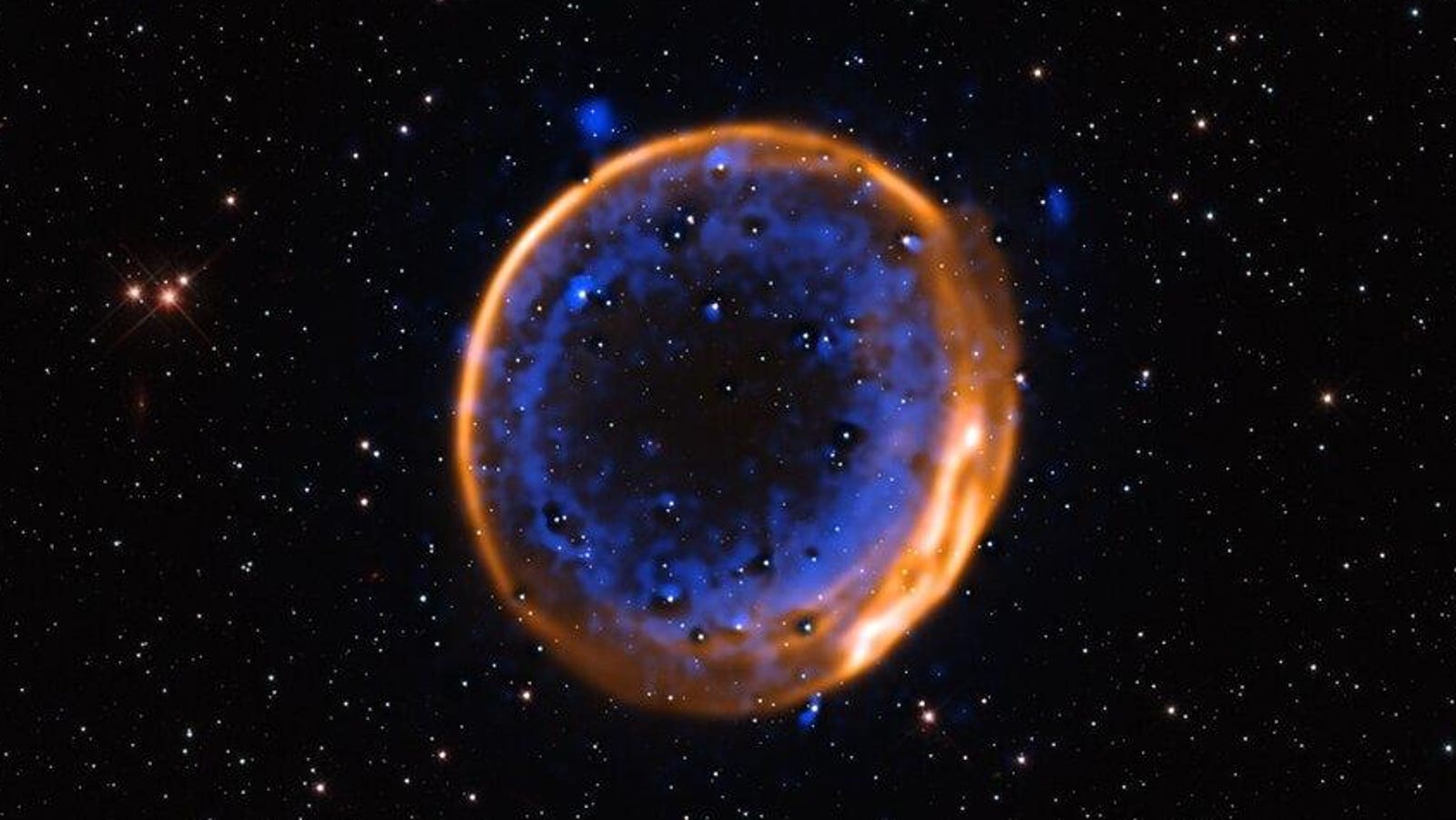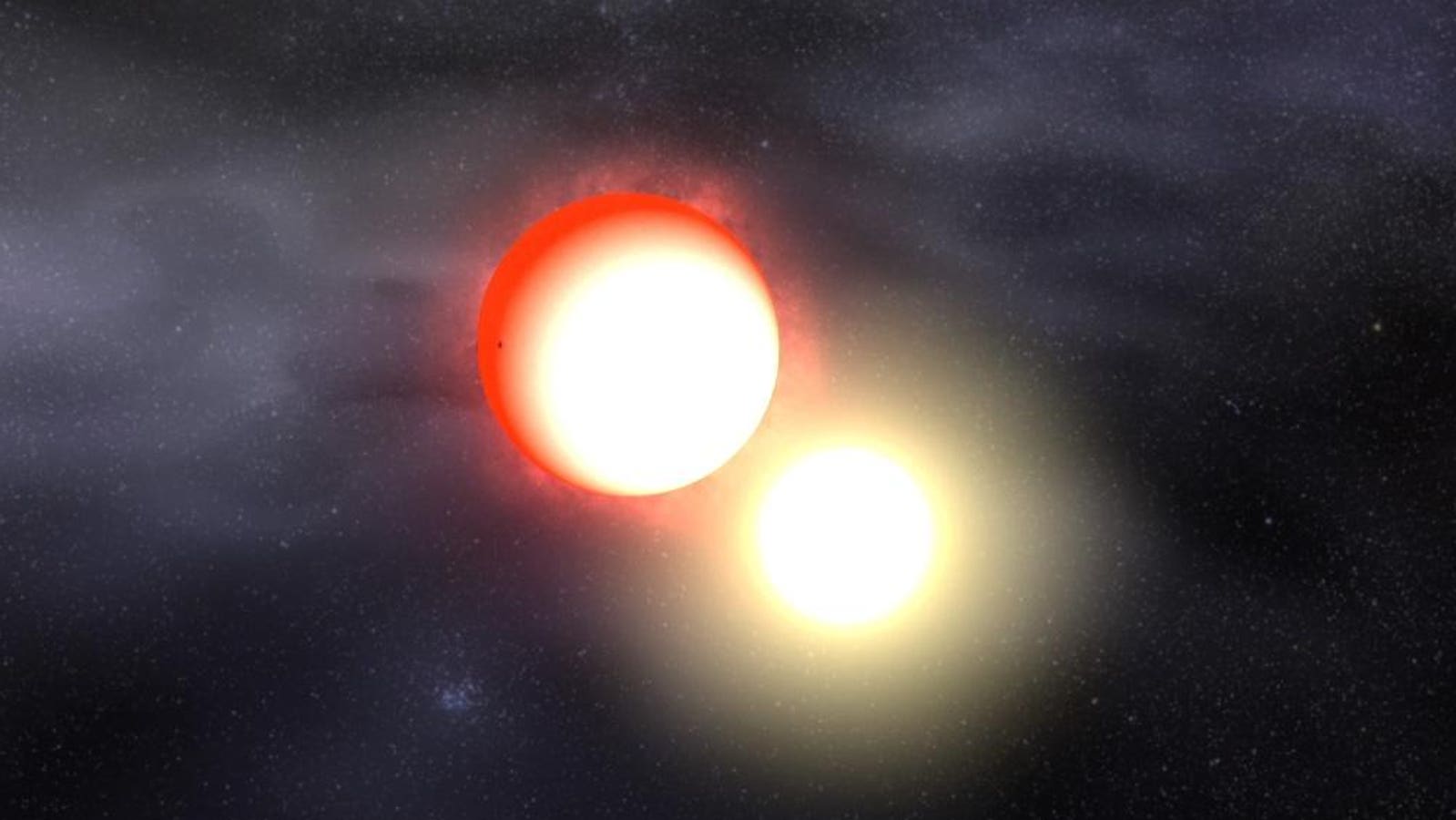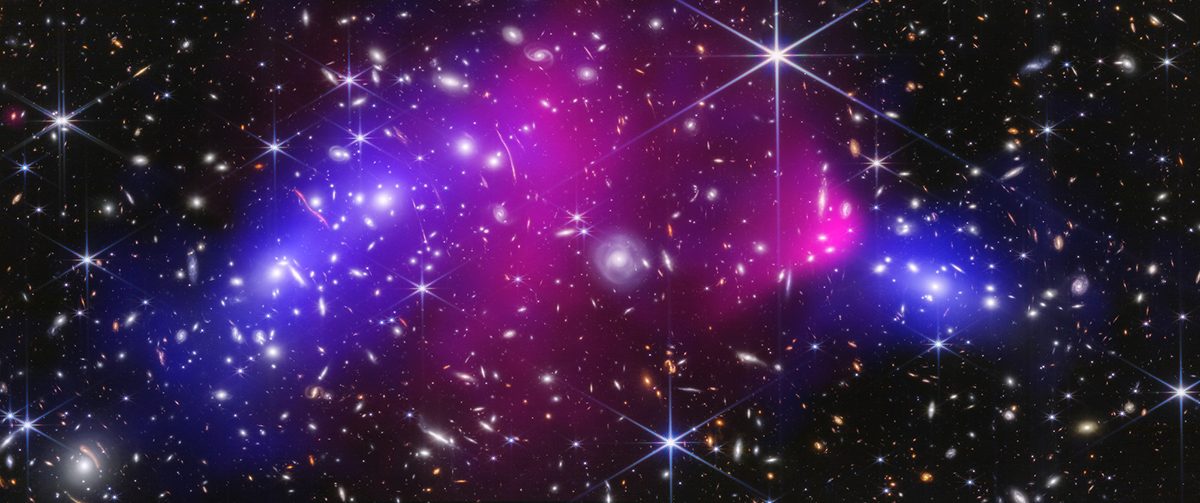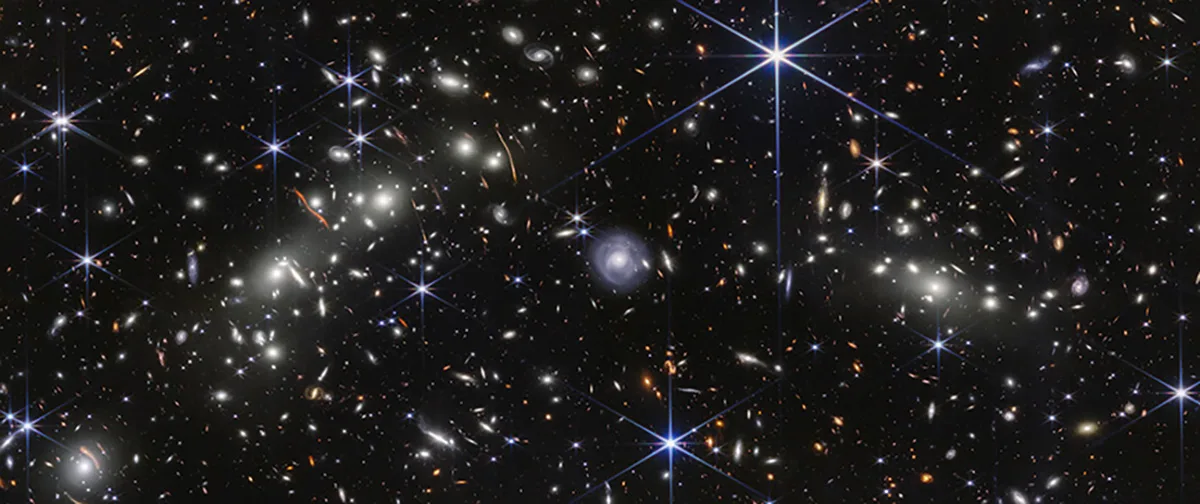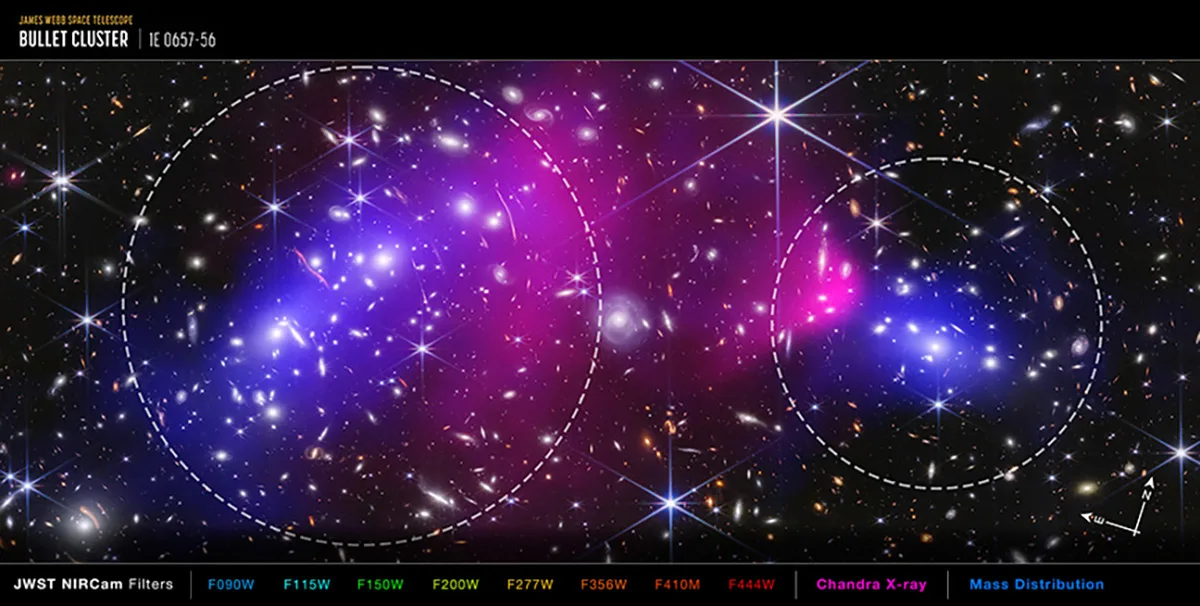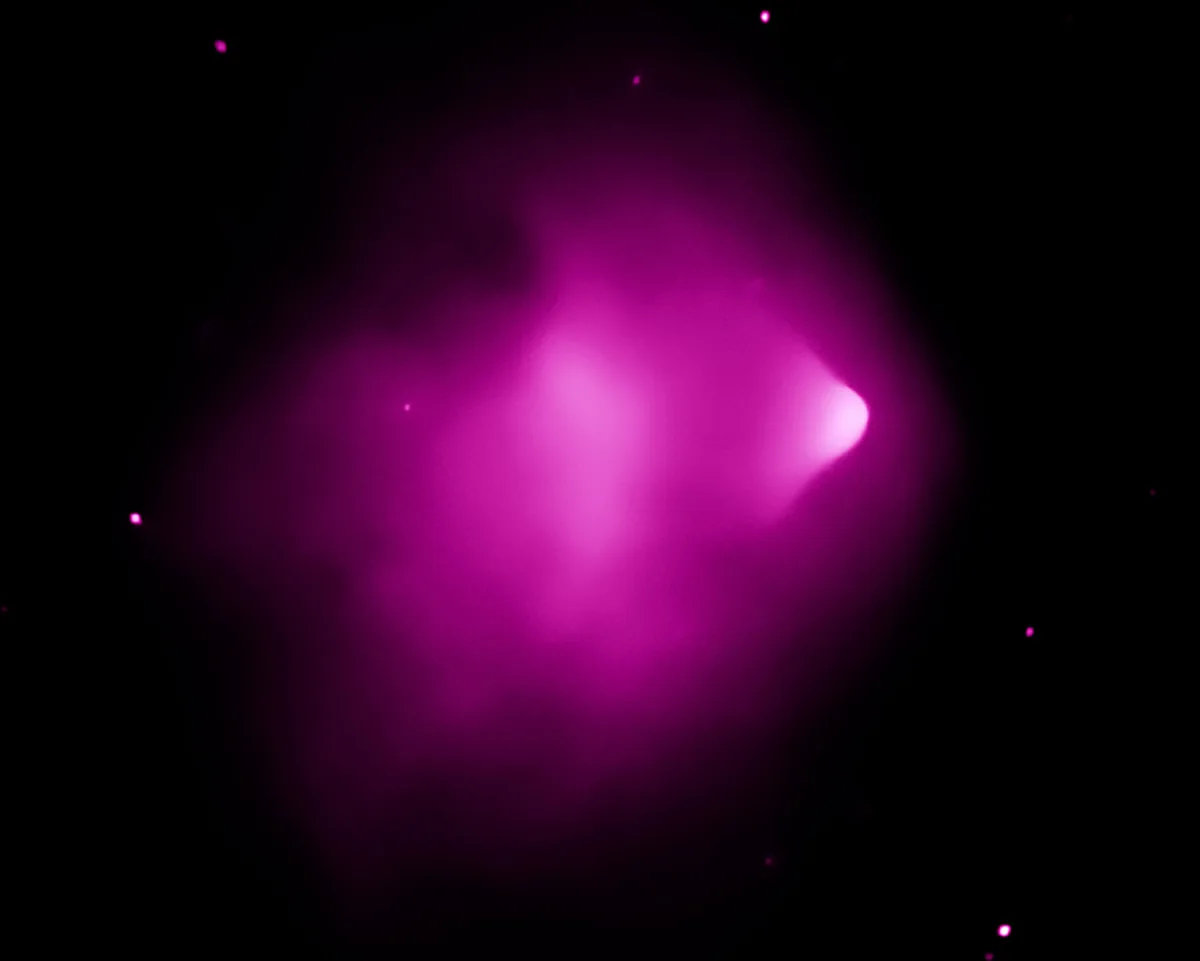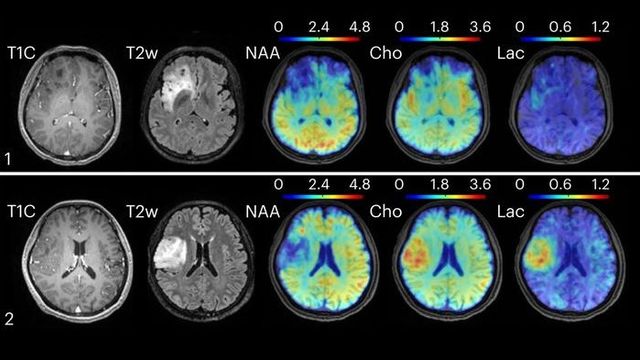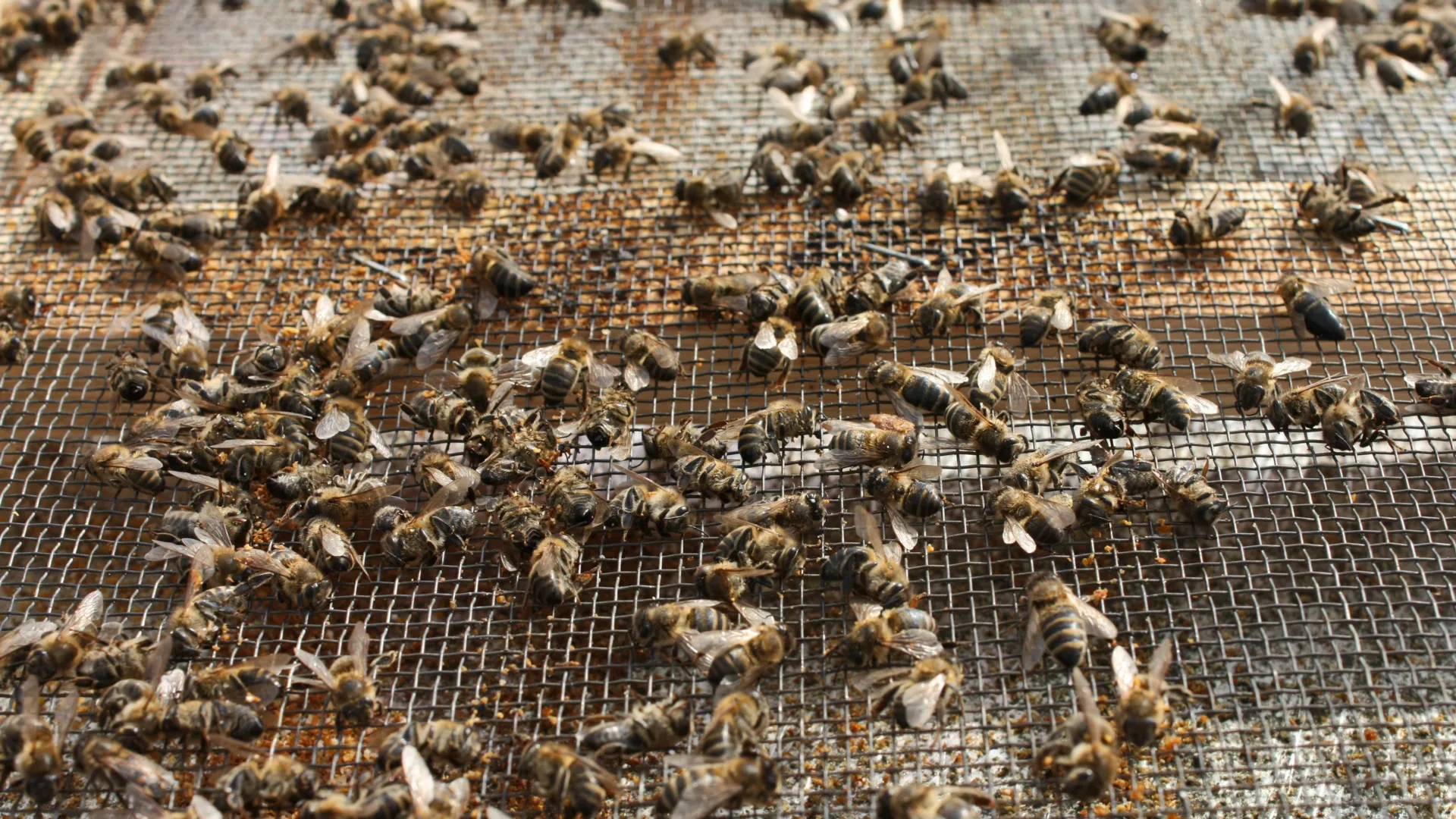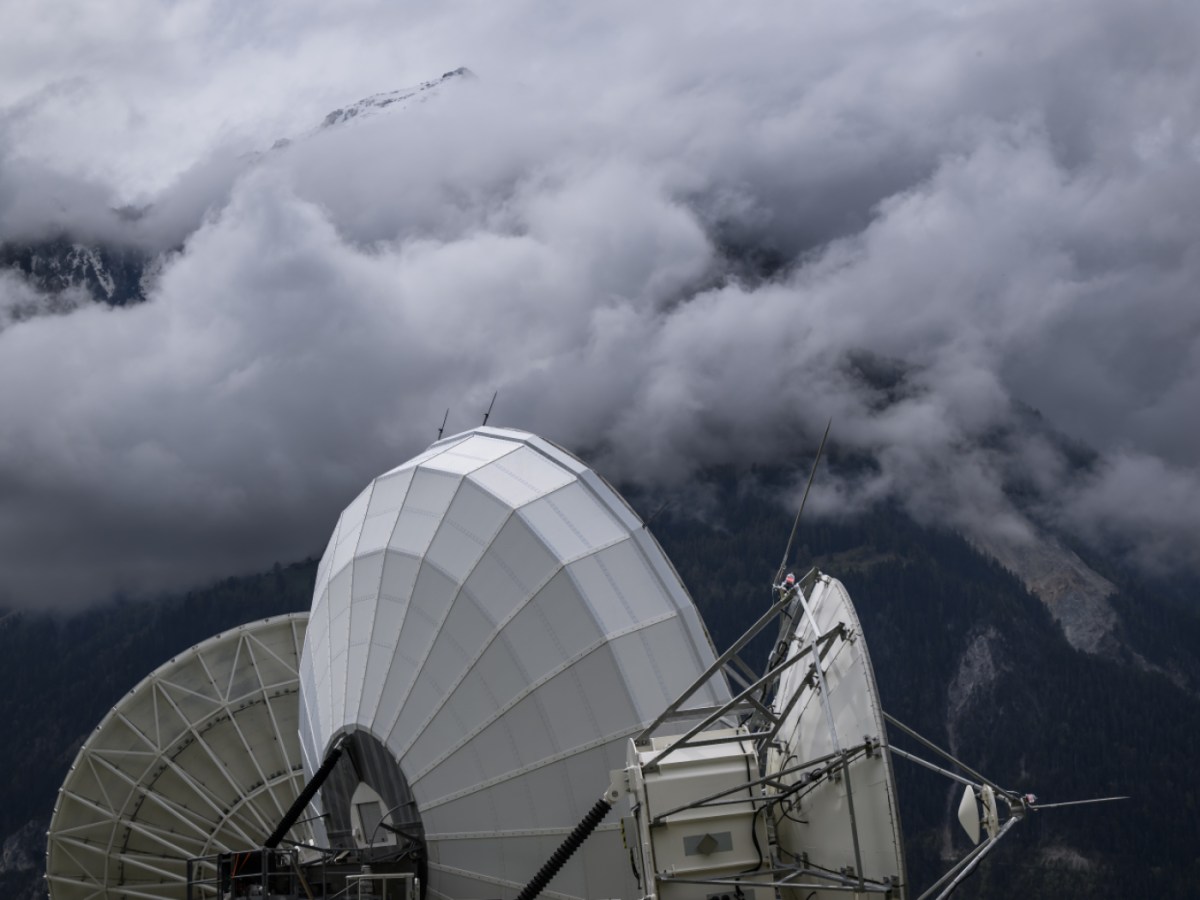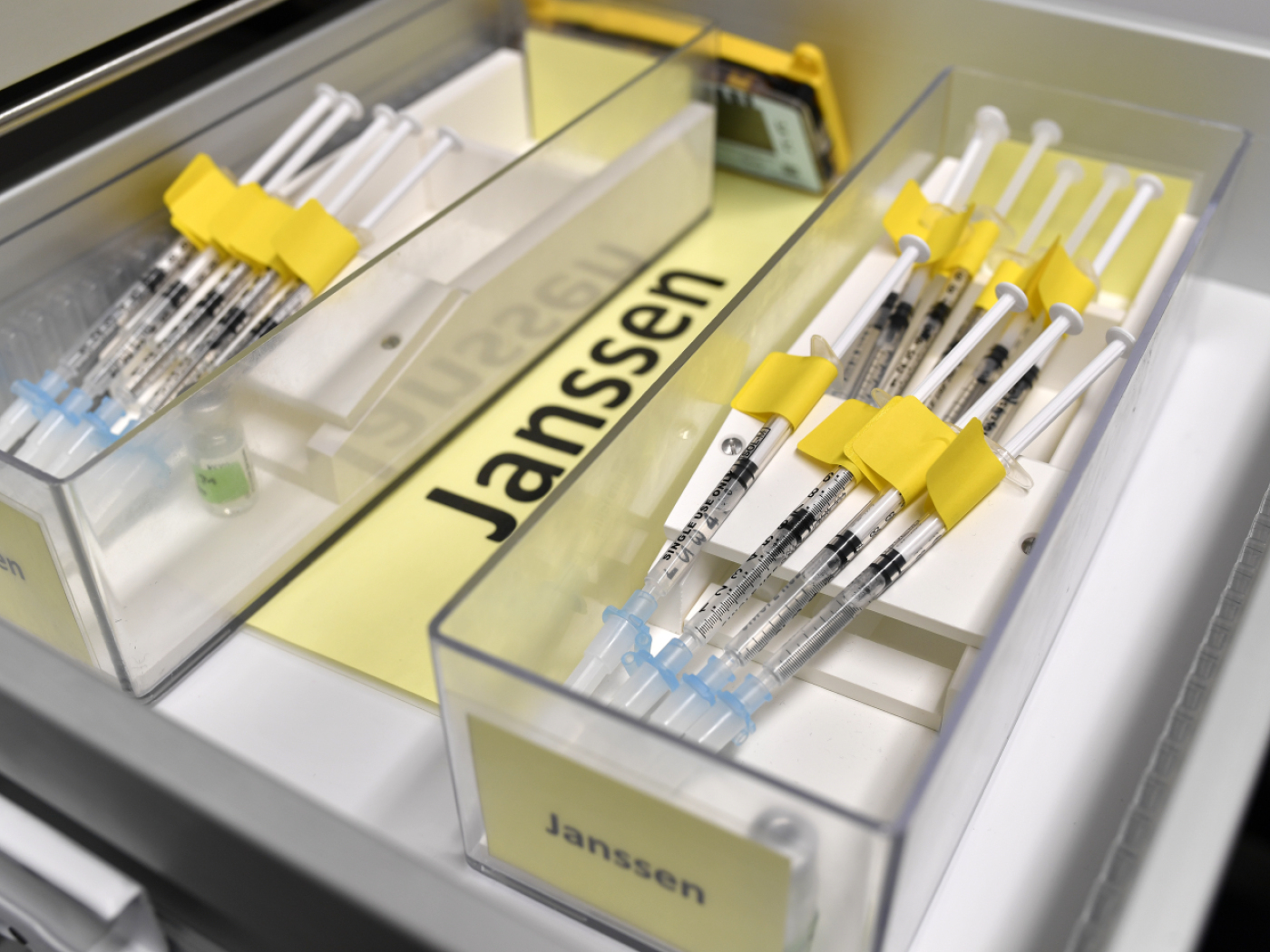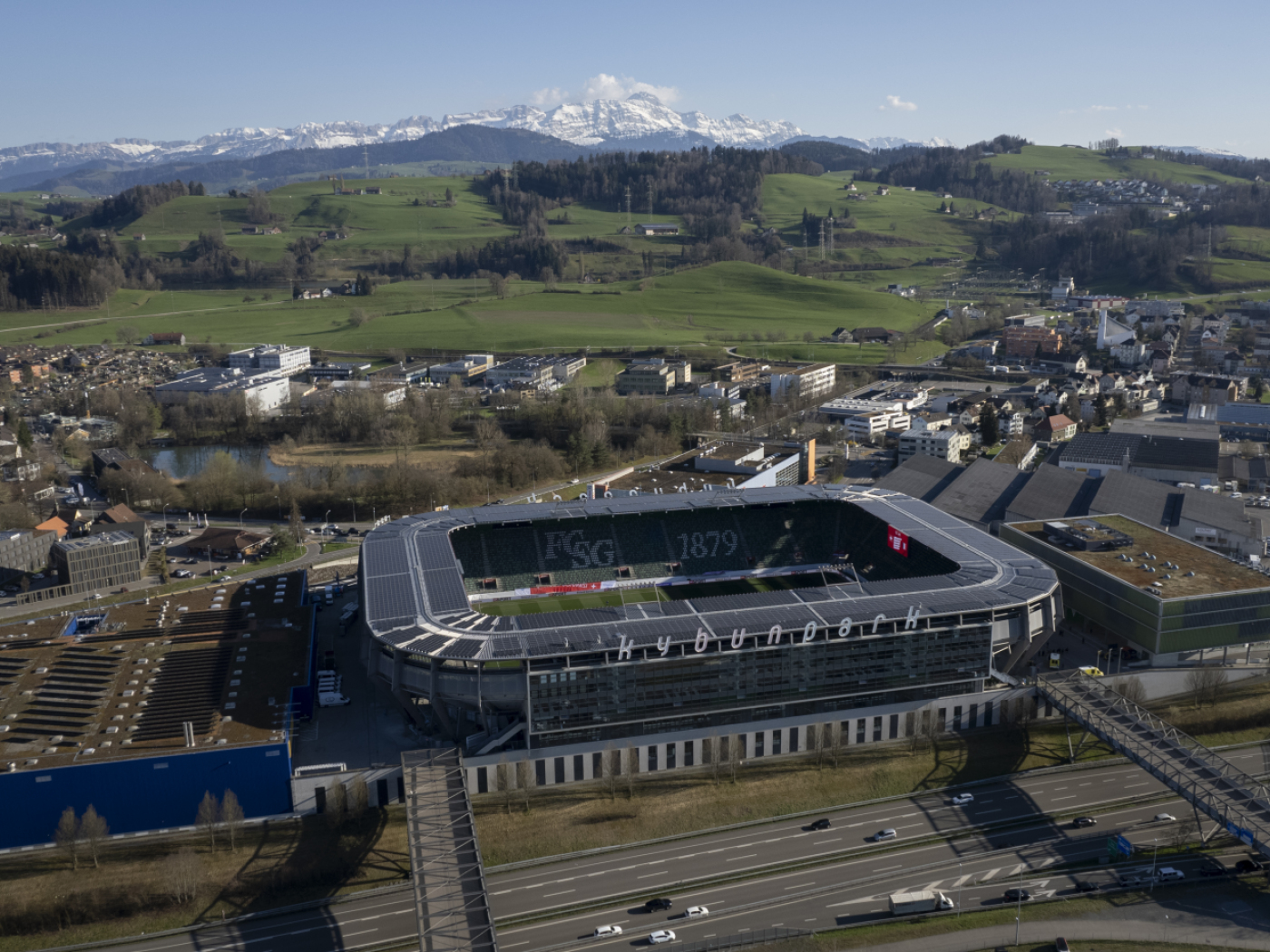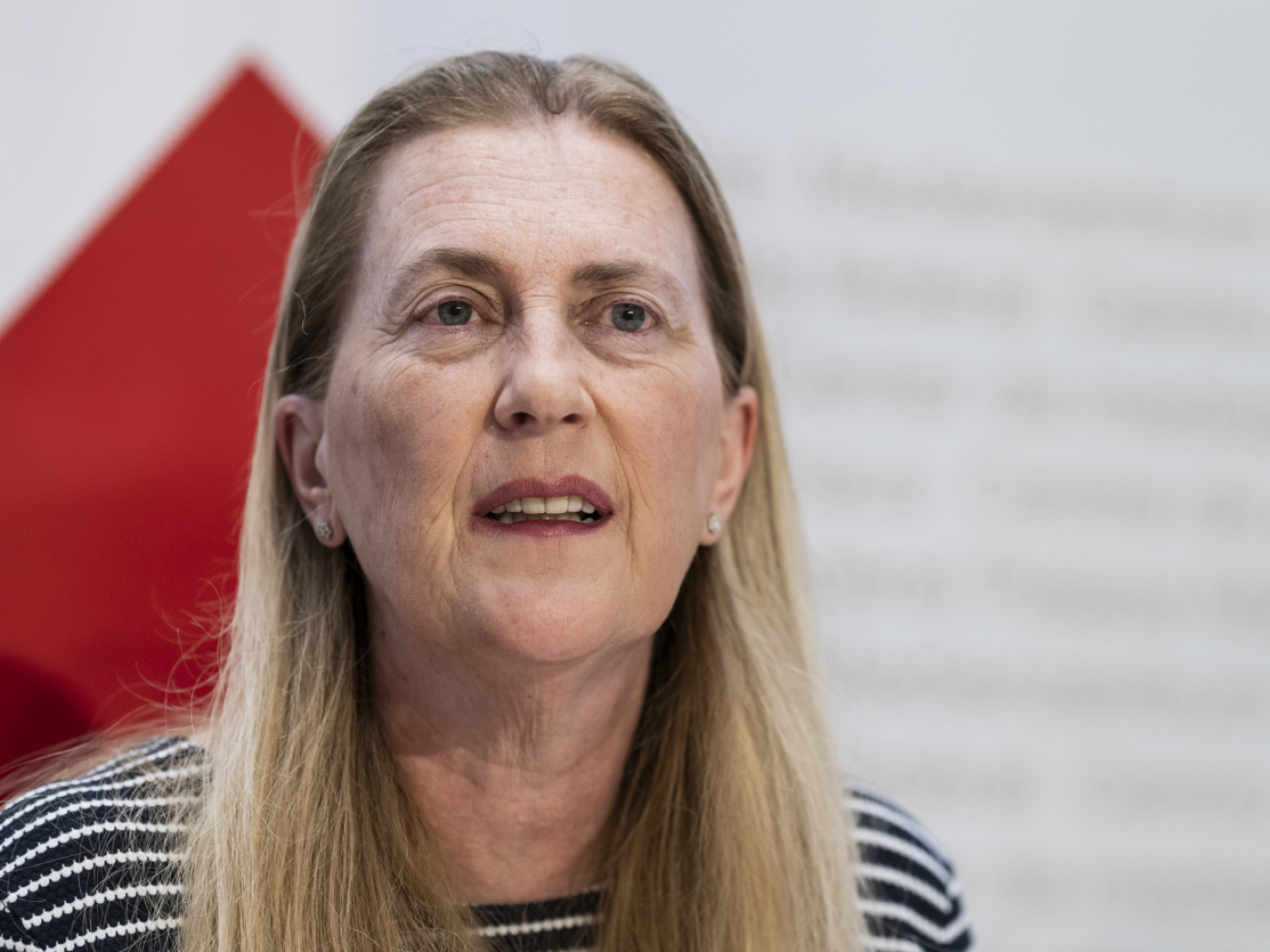This image, taken with ESO’s Very Large Telescope (VLT), shows the supernova remnant SNR 0509-67.5.
Astronomers studying the night sky from the Southern Hemisphere have uncovered a supernova — the powerful explosion of a star — that appears to detonated twice. The unique discovery of the double-detonation supernova comes as two smaller nova explosions have caused stars to suddenly become visible to the naked eye.
A supernova, according to NASA, is an extremely bright, super-powerful explosion of a star and the biggest explosion that humans have ever seen. Astronomers uncovered the rare double-detonation supernova by studying a “cosmic bubble” — known as a supernova remnant — called SNR 0509-67.5. It’s 23 light-years across and expanding at over 11 million miles per hour. It’s previously been imaged by NASA’s Hubble Space Telescope.
SNR 0509-67.5 is in the Large Magellanic Cloud, a dwarf galaxy that orbits the Milky Way about 160,000 light-years distant in the constellation Dorado. SNR 0509-67.5 is Type Ia supernovae, which are known to produce iron on Earth, including in blood. Understanding these explosions of white dwarf stars is critical to astronomers who use them to measure distances in space.
How A Supernova Exploded Twice
SNR 0509-67.5 is a Type Ia supernova, the result of two stars orbiting each other. One, a white dwarf star — the dense core of a dead sun-like star — sucks matter onto its surface from the other star until a thermonuclear explosion occurs. The new discovery of a double-detonation supports the theory that, in at least some Type Ia supernovae, the white dwarf can be covered by a bubble of helium that, when it ignites, causes a shockwave that triggers a second detonation in the core of the star.
Astronomers predicted that if a double detonation had occurred, the remnant of the supernova would contain two separate shells of calcium. That’s exactly what was observed using the European Southern Observatory’s Very Large Telescope in Chile. The discovery was published today in Nature Astronomy.
Hubble Spots A Supernova
Earlier this year, NASA’s Hubble Space Telescope imaged a supernova about 600 million light-years away in the constellation Gemini. Visible as a blue dot at the center of the image above, supernova SN 2022aajn is also a Type Ia supernova. Exactly these types of supernovae are useful for astronomers because they all have the same intrinsic luminosity. That means they can be used as beacons to measure the distance to faraway galaxies.
Background
Although they fall into the category of smaller explosions called a nova, two exploding stars are currently visible in the night sky. V572 Velorum, in the constellation Vela and V462 Lupi, in the constellation Lupus — only visible from the Southern Hemisphere — are currently shining millions of times brighter than usual.
Later this year or next year, if predictions are correct, a star in the Northern Hemisphere called T Coronae Borealis (T CrB and “Blaze Star”) in the constellation Corona Borealis will explode and become visible to the naked eye for several nights. This star system, about 3,000 light-years away, is a recurrent nova, meaning it experiences predictable eruptions. The last time T CrB brightened noticeably was in 1946.
Wishing you clear skies and wide eyes.
